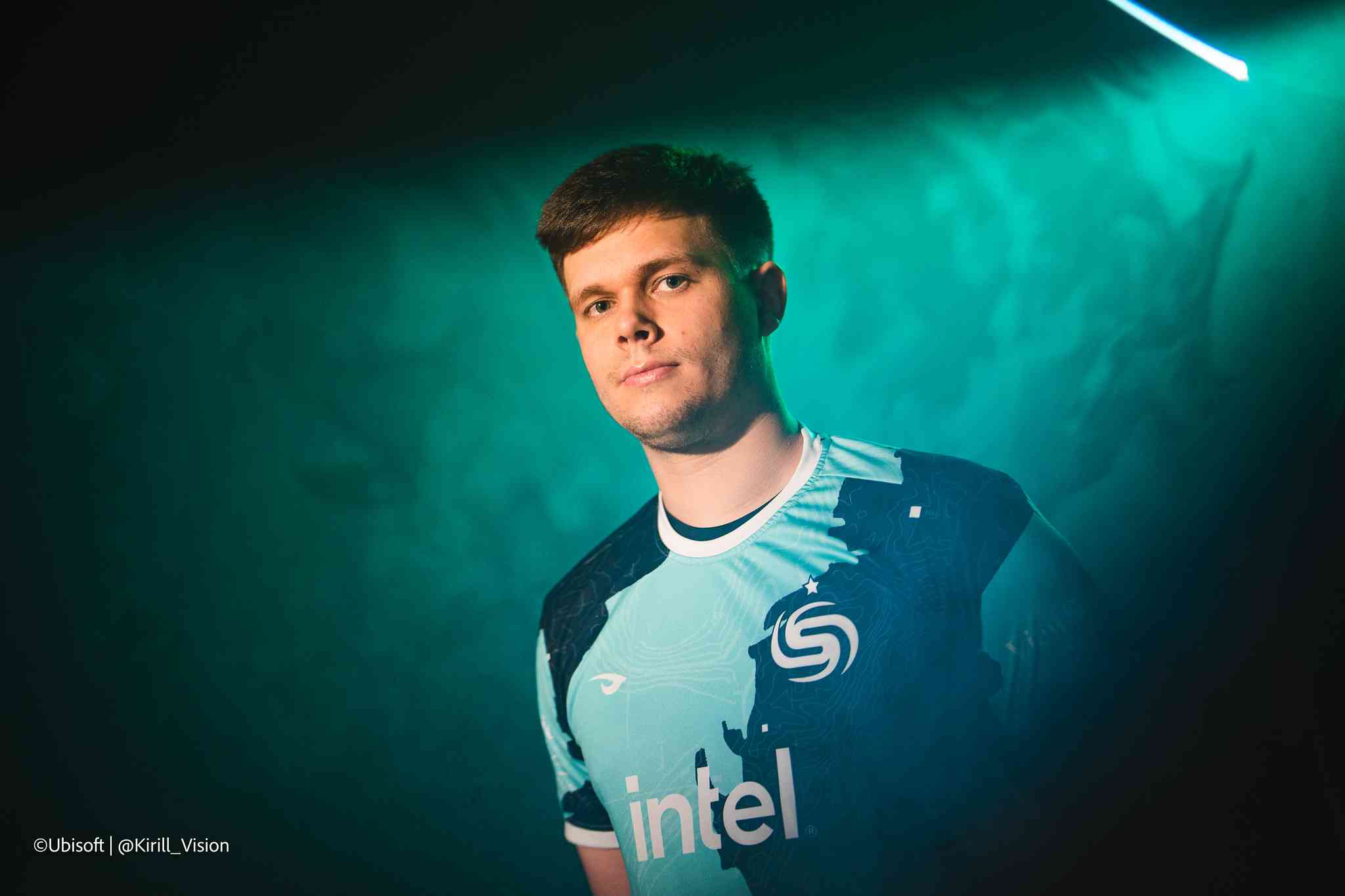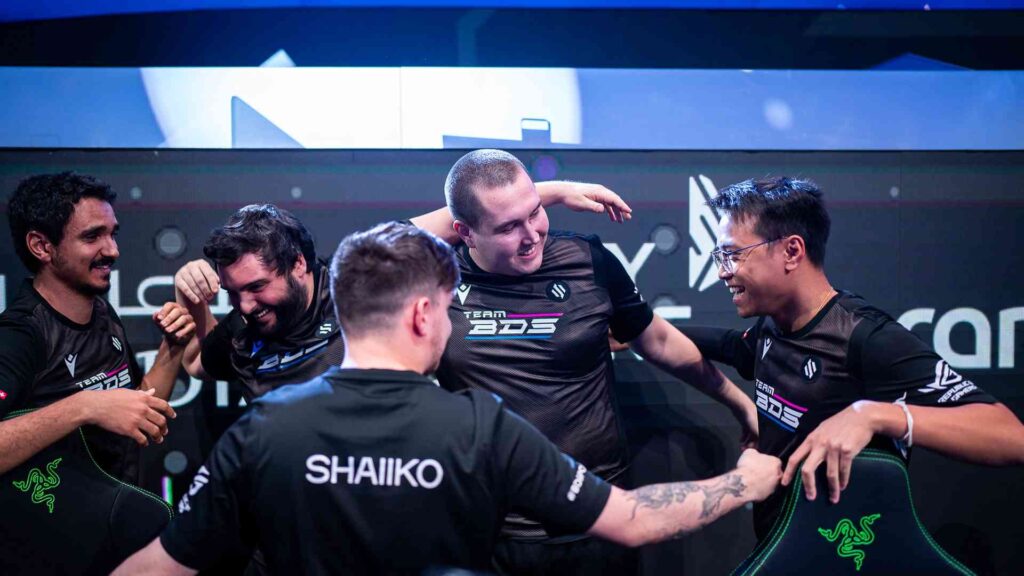With a close to 4-month interval without official matches, many things have changed, for better or worse. We try to unpack the impact of these changes on the competitive scene.
Contents
Community interest in tournaments
One of the major concerns during this period without official matches was retaining the audience. We know Rainbow Six: Siege tournaments have seen declining numbers over the years. According to Esports Charts, only six out of the top 20 tournaments in terms of “Peak Viewers” have taken place from 2022 onwards.
Since BLAST took control of the official Rainbow Six calendar, there was a lot of anticipation they would make the game more appealing to the public, and they did indeed achieve a significant improvement in their main tournament, the Six Major. In Copenhagen, the championship ranked ninth among the tournaments with the most hours watched in the history of Rainbow Six: Siege, which is already a positive outcome. However, in terms of “Peak Viewers,” the tournament still lags behind previous tournaments organized by other organizers, such as Six Berlin Major 2022, Six Jönköping Major 2022, Six Mexico Major 2021, and Six Charlotte Major 2022.
Despite this, the off-season had its positive points. The Gamers8 tournament had a “peak viewers” of 33,000, placing it in fourth position among the main tournaments of the season (behind only Six Major Copenhagen, Europe League Stage 1, and Brazil League Stage 1). It’s a positive sign that the community is still interested in the game but is waiting for the opportunity to watch a major tournament.
At the time of writing, the Japan Invitational tournament has not yet concluded, so it cannot be used as a benchmark.
Retirement of Great Players
 Beaulo celebrating the Six Invitational 2022 title with TSM (Image Credits: Instagram/itsmeERROR)
Beaulo celebrating the Six Invitational 2022 title with TSM (Image Credits: Instagram/itsmeERROR)Even before the Six Invitational 2023, the competitive scene suffered a major blow: the retirement of Jason “Beaulo” Doty. At that time, two players from the world champion TSM roster were already retired (including player Brady “Chala” Davenport), and with the arrival of the off-season, another key player from the starting lineup decided to retire: Matthew “Achieved” Solomon, following the team’s elimination in the second stage of the Six Major Copenhagen.
In addition to the TSM legends, other great North American players retired during this period: Alexander “Skys” Magor and Gabriel “LaXInG” Mirelez, the duo that played for Parabellum last season.
In Skys’ farewell announcement, he mentions something a little concerning for the future of the game: “It’s time to focus on a different career, my mental and physical health & a secured future.”
The lingering tone in this message is that the competitive scene is not providing a long-term perspective for professional players, considering all the players mentioned above have been part of the Rainbow Six: Siege competitive scene since at least 2019 (and some even since the beginning of the competitive scene).
Improvement in Tactical Level
The main positive aspect of a long off-season is precisely the time it gives a team to prepare for competitions in the best possible way, having a greater opportunity to study the maps and correct any problems. After all, if you aim to go far and conquer the world, you may need to play a map you’re not a big fan of, and it’s always your second ban. With the possibility of greater time for preparation, you can cover everything at a less exhausting pace.
However, for this method to be even more effective, there needs to be a schedule of unofficial, but still respected, tournaments to push teams beyond the theoretical and into the tactical aspect of play. This is what allows teams to test their new ideas and experiment with options in competitive games. A scenario similar to the one between 2018 and 2019, with the Allied Minor, OGA Pit, and Dreamhack would be ideal.
International Transfers
 CTZN at the media day of Six Major Copenhagen representing Soniqs (Image Credits: Instagram/Kirill_Vision)
CTZN at the media day of Six Major Copenhagen representing Soniqs (Image Credits: Instagram/Kirill_Vision)One of the main reasons for change during the off-season also lies with the movement and transition of players to new teams, especially in the international transfer system, which was detrimental to some teams in previous years.
As an example, we can mention Soniqs in 2019. The team sought to strengthen its roster with two top European players, Finnish Alex “SlebbeN” Nordlund (currently on Team Secret) and Belgian Santino “Gomfi” de Meulenaere. The duo joined the team for Dreamhack Montreal, where they secured a spot in the playoffs, finishing the championship on September 7. However, with the return of Pro League Season 10, the team didn’t play with the new duo but with the two players who were left out of Dreamhack: John “Avian” Ackerly and Jason “GhxsT” Luu. The European duo returned to play for Soniqs in Playday 11 against Team Reciprocity, losing three official matches (one draw and two losses) due to new players’ regularization issues.
However, there was no need for a long break in the latest transfer window, as there were no changes in regions, with the trade of Ben “CTZN” McMillan between G2 and Soniqs being the last one of significant competitive impact.
Withdrawals of Organizations
We know that Rainbow Six: Siege has been losing organizations over the seasons: Team Vitality, Giants, Evil Geniuses, and more recently, TSM and NaVi.
The region that suffered the least in terms of the loss of medium/large organizations previously was LATAM, which has only seen the departure of 9z (who returned last season), INTZ, and FURIA from the first division. However, during this off-season, the region experienced two losses to its main teams: Tropicaos and Magic Squad. This is in addition to the vacancy left by FURIA, which was used by LFO last season. At the moment, we’re not certain who will fill the vacancy left by Magic Squad. As for Tropicaos, there is a rumor that The Union will take their spot.
One of the main factors that can cause organizations to be discouraged is precisely the lack of any tournament during this interval. Six Major Copenhagen ended on May 7, and the first championship of stage 2 won’t start until September 1’ almost four months without official games. Among the finalists of the Six Major, some teams had important matches during this interval: Team Liquid played the closed qualifier for Gamers8 (losing in the grand final to NiP), W7M also participated in Gamers8. However, in the more extreme cases, we see a team like Soniqs, who hasn’t played an official since their elimination on May 6. And it looks worse for teams that didn’t qualify for the Six Major, such as Black Dragons, who played their last official match on April 14, losing to Ninjas in Pyjamas in the Last Chance Brazil.
Undoubtedly, this kind of lull in competition can affect the financial planning of organizations.


